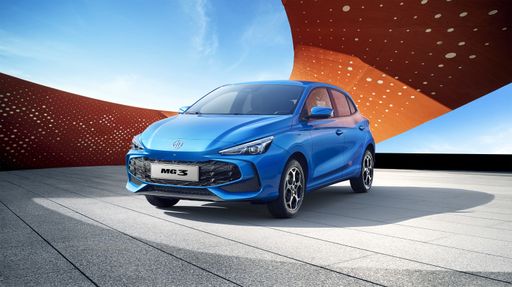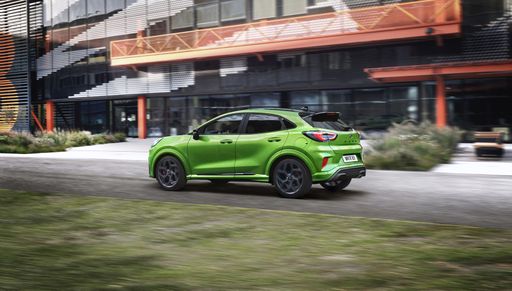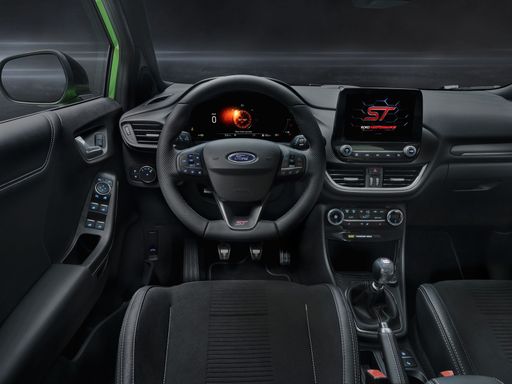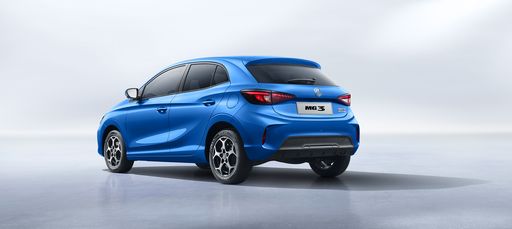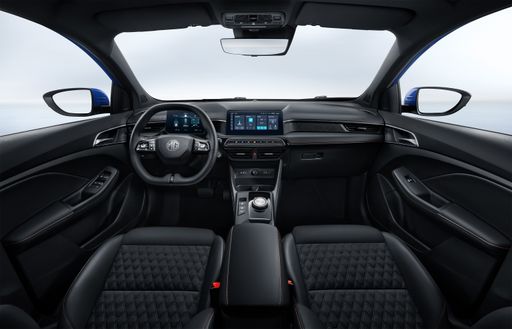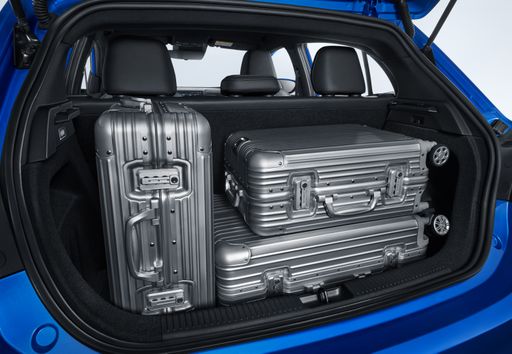Ford Puma vs MG MG3: A Clash of Titans
The automotive market continues to evolve, offering consumers a plethora of choices in their quest for the perfect vehicle. In this comparison, we delve into two intriguing contenders: the Ford Puma, an energetic SUV, and the MG MG3, a practical hatchback. While they serve different purposes, both vehicles present appealing features that cater to both performance and efficiency. Let’s explore the technical aspects and innovations that set these two models apart.

